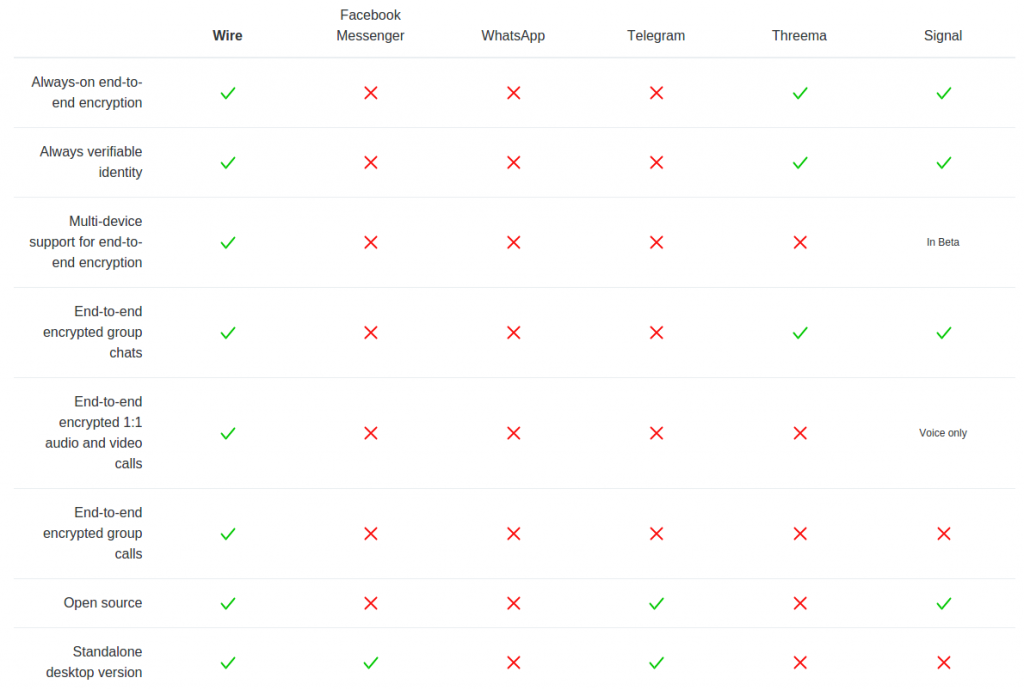The “distinction” between laypersons and scientists is more a world view about some things than “all scientists are rational” or “all laypersons are irrational.” Scientists and laypersons can be just as rational and/or irrational, depending upon the topic at hand.
Having said that, The effects of social identity threat and social identity affirmation on laypersons’ perception of scientists by Peter Nauroth, et al., finds, unsurprisingly, that if a layperson’s social identity is threatened by research, they have a less favorable view of the scientists involved.
Abstract:
Public debates about socio-scientific issues (e.g. climate change or violent video games) are often accompanied by attacks on the reputation of the involved scientists. Drawing on the social identity approach, we report a minimal group experiment investigating the conditions under which scientists are perceived as non-prototypical, non-reputable, and incompetent. Results show that in-group affirming and threatening scientific findings (compared to a control condition) both alter laypersons’ evaluations of the study: in-group affirming findings lead to more positive and in-group threatening findings to more negative evaluations. However, only in-group threatening findings alter laypersons’ perceptions of the scientists who published the study: scientists were perceived as less prototypical, less reputable, and less competent when their research results imply a threat to participants’ social identity compared to a non-threat condition. Our findings add to the literature on science reception research and have implications for understanding the public engagement with science.
Perceived attacks on personal identity have negative consequences for the “reception” of science.
Implications for public engagement with science
Our findings have immediate implications for public engagement with science activities. When laypersons perceive scientists as less competent, less reputable, and not representative of the scientific community and the scientist’s opinion as deviating from the current scientific state-of-the-art, laypersons might be less willing to participate in constructive discussions (Schrodt et al., 2009). Furthermore, our mediation analysis suggests that these negative perceptions deepen the trench between scientists and laypersons concerning the current scientific state-of-the-art. We speculate that these biases might actually even lead to engagement activities to backfire: instead of developing a mutual understanding they might intensify laypersons’ misconceptions about the scientific state-of-the-art. Corroborating this hypothesis, Binder et al. (2011) demonstrated that discussions about controversial science topics may in fact polarize different groups around a priori positions. Additional preliminary support for this hypothesis can also be found in case studies about public engagement activities in controversial socio-scientific issues. Some of these reports (for two examples, see Lezaun and Soneryd, 2007) indicate problems to maintain a productive atmosphere between laypersons and experts in the discussion sessions.
Besides these practical implications, our results also add further evidence to the growing body of literature questioning the validity of the deficit model in science communication according to which people’s attitudes toward science are mainly determined by their knowledge about science (Sturgis and Allum, 2004). We demonstrated that social identity concerns profoundly influence laypersons’ perceptions and evaluations of scientific results regardless of laypersons’ knowledge. However, our results also question whether involving laypersons in policy decision processes based upon scientific evidence is reasonable in all socio-scientific issues. Particularly when the scientific evidence has potential negative consequences for social groups, our research suggests that laypersons may be prone to biases based upon their social affiliations. For example, if regular video game players were involved in decision-making processes concerning potential sales restrictions of violent video games, they would be likely to perceive scientific evidence demonstrating detrimental effects of violent video games as shoddy and the respective researchers as disreputable (Greitemeyer, 2014; Nauroth et al., 2014, 2015).(emphasis added)
The principle failure of this paper is its failure to study the scientific community and its reaction within science to research that attacks the personal identity of its participants.
I don’t think it is reading too much into the post: Academic, Not Industrial Secrecy, where one group said:
We want restrictions on who could do the analyses.
to say that attacks on personal identity leads to boorish behavior on the part of scientists.
Laypersons and scientists emit a never ending stream of examples of prejudice, favoritism, sycophancy, sloppy reasoning, to say nothing of careless and/or low quality work.
Reception of science among laypersons might improve if the scientific community abandoned its facade of “it’s objective, it’s science.”
That facade was tiresome by WWII and to keep repeating now is a disservice to the scientific community.
All of our efforts, in any field, are human endeavors and thus subject to the vagaries and uncertainties human interaction.
Live with it.

